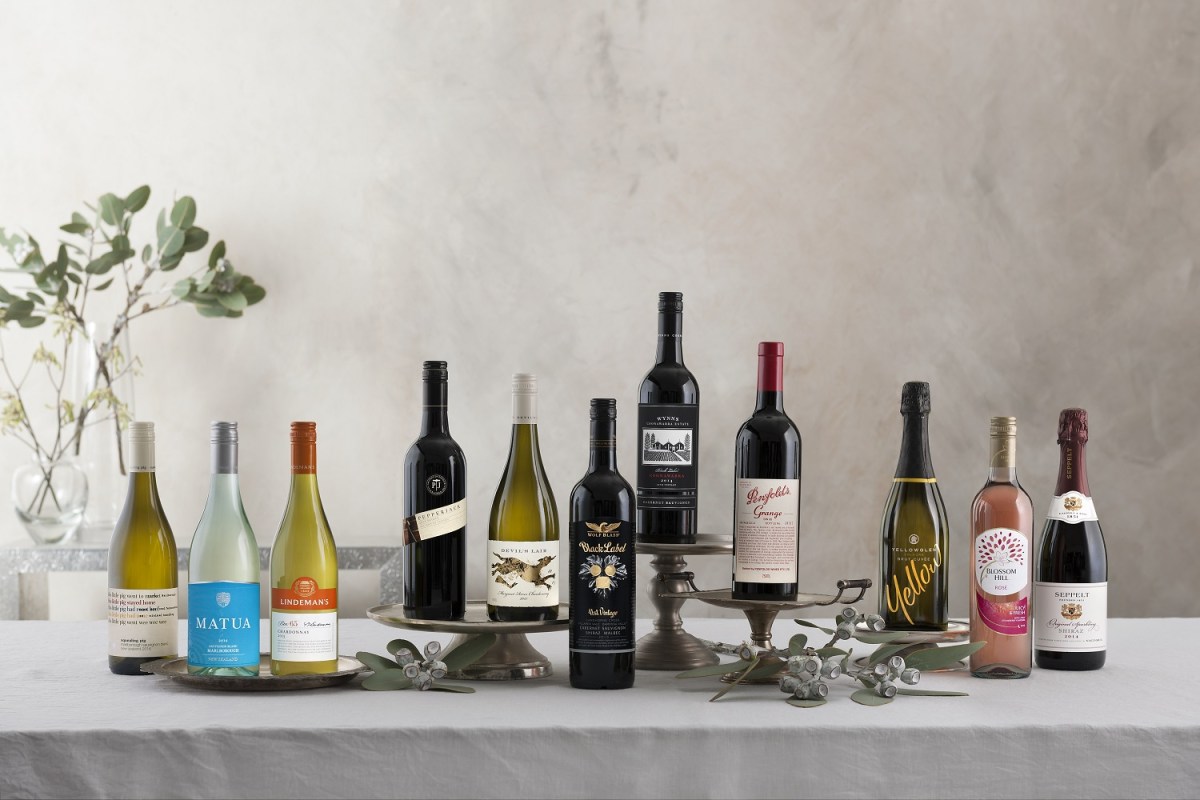Treasury Wine Estates (TWE) has reported earnings and net profit after tax growth up 11.4 per cent and 16.6 per cent respectively as demand for luxury wine remains strong in TWE’s key global markets.
TWE’s EBITS rose to $583.5m in the 2023 financial year, which translates to and NPAT of $376.1m, with the wine producer forecasting it is well positioned to deliver growth again this year despite the tightening economic environment.
Speaking about the results, TWE’s Chief Executive Officer Tim Ford said: “In F23, we have once again delivered margin accretive earnings growth while continuing to navigate the tightening economic environment across a number of our key markets. At the same time, we made significant progress in strengthening our operating models for the future.
“The Penfolds result was the standout, with strong top-line Luxury growth reflecting the unparalleled strength of this exceptional brand and outstanding execution by the team. Treasury Americas Luxury portfolio execution was a highlight, with price increases and growth in distribution achieved despite significant volume availability constraints, setting a strong platform for future growth. And Treasury Premium Brands made significant headway towards its new operating model, right-sizing the cost base for the future while enhancing both operational and strategic flexibility, and we will continue to assess additional optimisation initiatives.
“We enter F24 with confidence that the execution of our premiumisation strategy will continue to deliver our long-term growth ambitions through the cycle. We are a much stronger business today and are well placed to succeed in the current macro-environment where consumer demand for Luxury wine is strong and Premium wine remains resilient.”
Penfolds reported a 14.2 per cent increase in EBITS to $364.7m and an EBITS margin of 44.5 per cent (in line with FY22). Strong, net sales revenue (NSR) growth of 14.3 per cent was delivered through Asia, Australia and EMEA, reflecting the continued momentum behind the Penfolds strategy to build distribution and grow consumer demand.
In addition, the successful launch of One by Penfolds and growth of the multi-COO portfolios contributed to NSR growth, particularly in Asia. On a constant currency basis, NSR and EBITS increased 13.8 per cent and 15.5 per cent, respectively.
Treasury Premium Brands reported a 5.4 per cent decline in EBITS to $81.7m and an EBITS margin of 10.4 per cent (in line with FY22). Reduced NSR for the commercial portfolio in the UK and Australia in addition to unfavourable foreign exchange movements were partly offset by 7.8 per cent NSR growth for priority Premium brands, including 19 Crimes, Squealing Pig and Pepperjack.
The combined Premium and Luxury portfolios delivered high double-digit gross profit growth in FY23. On a constant currency basis, NSR declined 4.7 per cent and EBITS increased four per cent.
TWE also said it has implemented a range of initiatives within the Treasury Premium Brands operating model, which it says are aimed at “delivering greater operational and strategic flexibility to enable the continued growth of its Premium and Luxury portfolio”.
TWE stated that these changes include:
Adjusting Treasury Premium Brands operating model and organisational structure to align with the future scale of the business, in order to reduce fixed costs and increase focus on priority brands;
implementing changes to the Commercial wine supply chain, including the exit of future sourcing arrangements, with a focus on improving total network cost to improve future cost of goods sold; and
the divestiture and/or rationalisation of selected assets, including the closure of the Karadoc winery, the write down of several Commercial wine brands and the divestiture of Commercial vineyards.
Looking ahead TWE said its long-term financial objective remains “to deliver sustainable top-line growth, high single-digit average earnings growth and a Group EBITS margin target of 25 per cent-plus”.
The company added: “Supporting this objective will be continued portfolio premiumisation, growth in distribution, demand and availability for TWE’s priority brands, cost optimisation and category leading, consumer-led innovation.”

